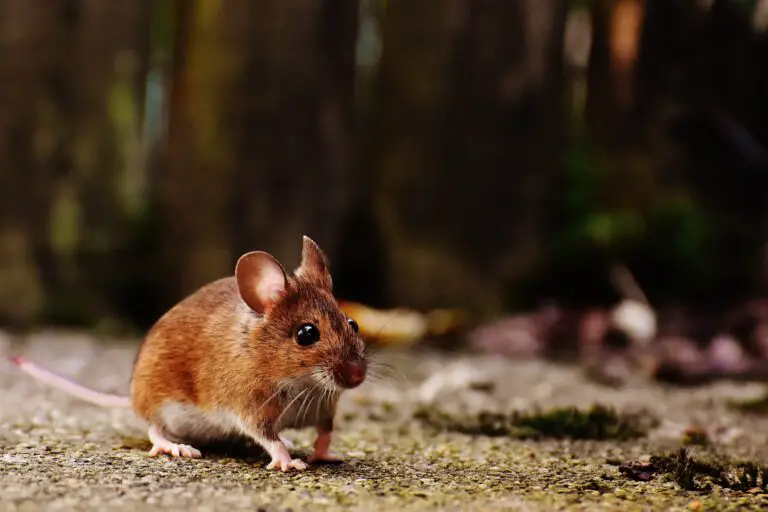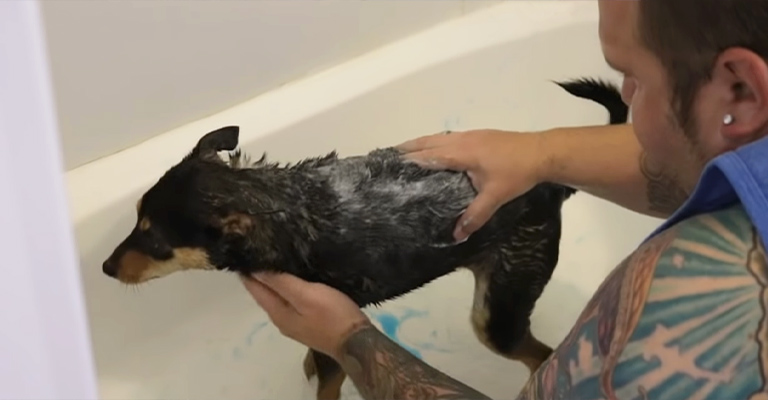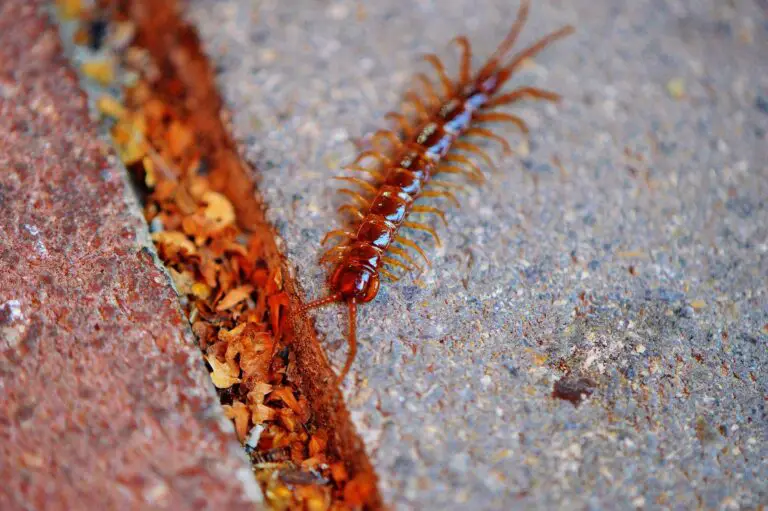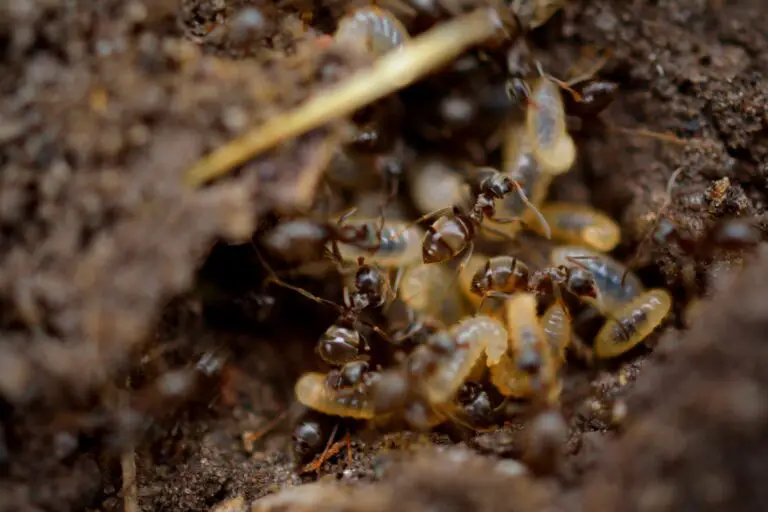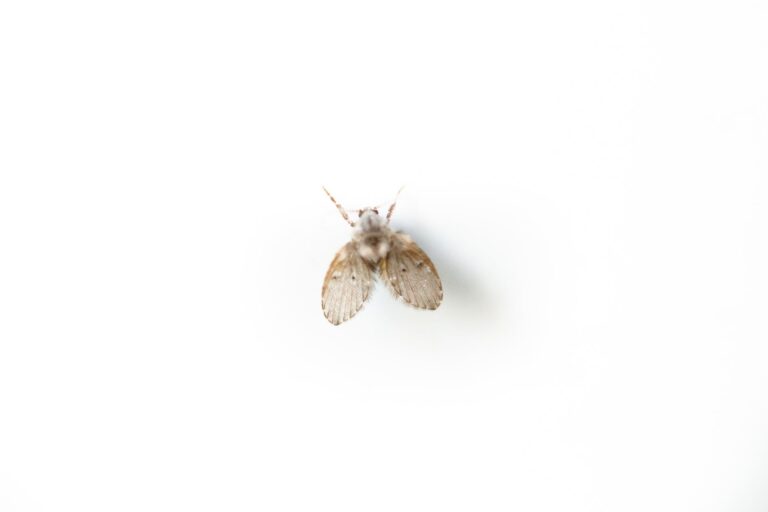Carpet Beetle Treatment: Best Practices for Effective Pest Control
Carpet beetles, the little pests that they are, can be quite a nuisance in our homes. Their larvae feed on natural fibers, which means your favorite wool sweaters, linens, and of course, carpets, can all be at risk. But fear not! Treating and managing a carpet beetle infestation is not as daunting as it sounds. In this guide, we will walk you through the comprehensive steps and best practices for carpet beetle treatment.
Understanding Carpet Beetles
Before diving into treatments, it’s vital to understand these pests. Carpet beetles are tiny, oval-shaped bugs. While the adults feed on pollen and nectar, it’s the larvae that can cause harm to our belongings. They are attracted to natural fibers and can cause significant damage to items made of wool, silk, hair, or feathers.
Identifying an Infestation
If you notice small holes in your carpets or garments, it might be a sign of carpet beetles. Additionally, tiny shed skins and fecal pellets are a telltale sign that the larvae have been feeding.
Step-by-Step Carpet Beetle Treatment
1. Thorough Cleaning
Start by giving your home a deep clean. Vacuum all areas, especially the carpet, upholstery, and any other fabric surfaces. The idea is to remove any beetles, larvae, or eggs present. Empty the vacuum cleaner outside to ensure they don’t find their way back.
2. Wash Fabrics
All infested items should be washed in hot water. The heat kills the larvae and eggs. If an item is too delicate, consider dry cleaning.
3. Freeze Items
For those items you cannot wash or are too delicate, place them in a plastic bag and freeze for at least 48 hours. This method effectively kills carpet beetles at all life stages.
4. Use Pesticides
If the infestation is severe, consider using insecticides. Always follow the label instructions, and it might be wise to consult with a pest control professional. Products containing pyrethroids are often effective against carpet beetles. Remember to ensure the safety of children and pets when using chemicals.
5. Diatomaceous Earth
This natural product can be sprinkled in areas where carpet beetles are found. It acts by dehydrating and killing the beetles. Ensure you use the food-grade variant and not the one for pools.
Prevention is Key
After treatment, it’s essential to ensure they don’t come back.
Regular Cleaning
Regular vacuuming can go a long way in preventing an infestation. Make it a point to clean those hard-to-reach places too, like under furniture or in closet corners.
Store Items Properly
Store vulnerable items like woolen garments in airtight bags or containers. Consider using mothballs or cedar chips as a repellent.
Inspect Plants and Flowers
Since adult carpet beetles feed on pollen, they might hitch a ride inside on plants or fresh-cut flowers. Always inspect these before bringing them indoors.
Frequently Asked Questions about Carpet Beetles
1. How did I get carpet beetles in the first place?
Carpet beetles can enter your home through doors, windows, or any other small openings. They may also be brought in inadvertently on plants, flowers, or in packages. Sometimes, even second-hand purchases like furniture or clothing can introduce them to your living spaces.
2. Are carpet beetles harmful to humans?
While carpet beetles themselves aren’t directly harmful to humans, some people might experience an allergic reaction to their hairs or the fibrous material they leave behind. This can cause itchy, red rashes that might be mistaken for bedbug bites.
3. How often should I clean to prevent a re-infestation?
Weekly vacuuming is a good practice to maintain. Pay special attention to areas beneath furniture, along baseboards, and inside closets. Remember, frequent cleaning doesn’t just protect against carpet beetles but a host of other potential pests too.
4. Can natural repellents work against carpet beetles?
Yes! Natural repellents like cedarwood, lavender, and mint can deter carpet beetles. While they won’t necessarily kill existing beetles or larvae, they can help prevent a future infestation.
5. When should I seek professional help?
If you’ve tried the above treatment options and still notice signs of carpet beetles after a few weeks, it might be time to call in the experts. A pest control professional can provide a more in-depth assessment and treatment plan.
Wrapping Up
Understanding the lifecycle and characteristics of these pests is crucial. From the destructive tendencies of carpet beetle larvae that love feasting on your upholstered furniture, to the elusive nature of furniture carpet beetles and varied carpet beetles, each type presents unique challenges. The black carpet beetle, particularly, stands out with its distinct appearance and habits.
One cannot underestimate the importance of timely interventions to kill carpet beetles. Carpet beetle eggs can lay the foundation for a new infestation, and adult beetles, with their ability to fly, can easily migrate from one spot to another. It’s not just our woolens and fabrics that they target; dead insects, pet hair, and even the remnants we leave behind can become sustenance for them. Thus, whether it’s the varied carpet beetle or the black carpet beetles, prompt and effective carpet beetle control is essential for maintaining a healthy living environment.
In conclusion, it’s essential to be proactive. While carpet beetle adults might seem harmless, their younger counterparts can wreak havoc. Understanding where carpet beetles live, recognizing the signs of their presence, and knowing that carpet beetles fly helps in crafting strategies to prevent carpet beetles from making a home in our spaces. Regular cleaning, inspections, and a vigilant eye can go a long way in ensuring that our homes remain free from these unwelcome guests.

